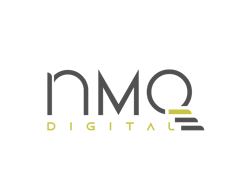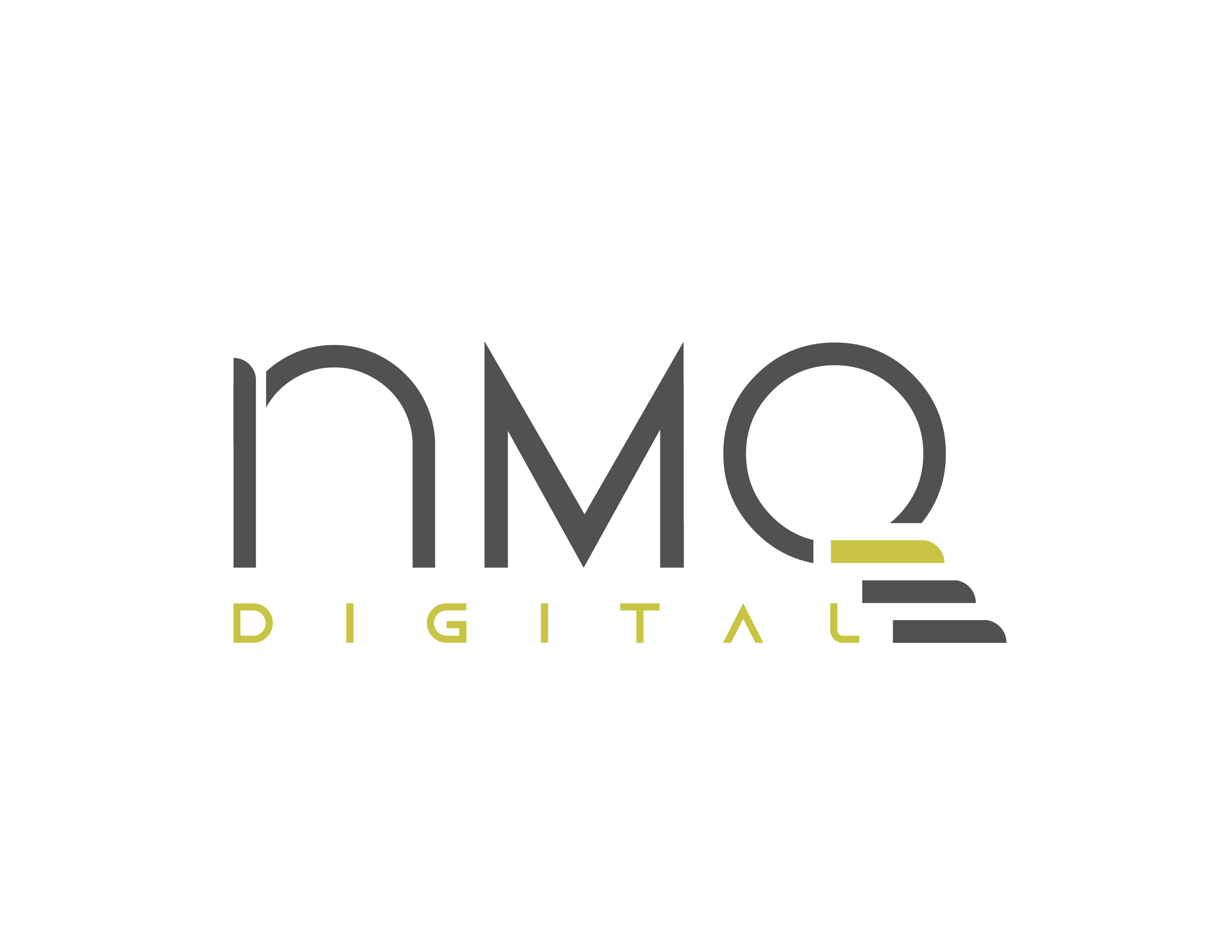In the dynamic and competitive business landscape, clear Key Performance Indicators (KPIs) play a vital role in guiding organizations toward success. KPIs serve as measurable metrics that align individual and team efforts with overall business objectives and become the golden compass toward the north star of the organization. By defining specific targets and benchmarks, businesses can assess their performance and make informed decisions to drive growth.
KPIs enable organizations to track progress, identify areas of improvement, and foster a culture of accountability. They provide a framework for prioritizing tasks and resources, ensuring that efforts are focused on activities that directly contribute to strategic goals. Ultimately, having clear KPIs empowers businesses to stay on track, make data-driven decisions, and achieve long-term success. However, to be able to track and measure and finally evaluate the success of your KPIs, you need to make sure they are SMART.
In this blog, we will focus on,
- Importance of setting SMART KPIs
- Deep dive of each criterion
- Tips and tricks on creating SMART KPIs
- Concrete examples
What is a SMART Business Objective and Why Setting SMART KPIs is Crucial for the Success of Any Organization?
A SMART KPI is a Key Performance Indicator that meets the criteria of being Specific, Measurable, Achievable, Relevant, and Time-bound. It is important for businesses because it provides a clear and structured framework for setting meaningful goals and tracking progress. SMART KPIs ensure that objectives are well-defined, quantifiable, realistic, aligned with business priorities, and have a defined timeline for achievement.
SMART KPIs provide a structured framework for goal-setting and performance management. They promote clarity and alignment throughout the organization, ensuring that everyone is working towards the same objectives. They enable businesses to track progress, identify areas of improvement, and make informed adjustments to strategies and tactics. By setting SMART KPIs, businesses can enhance focus, drive accountability, optimize resource allocation, and ultimately achieve better outcomes. SMART KPIs serve as a compass, guiding businesses towards their goals and facilitating continuous improvement and growth.
Deep Dive
Now let us deep dive into each term to understand their value and how they contribute to setting KPIs.
Specific
SMART KPIs are specific, meaning they are clear, well-defined, and focused on a specific aspect of business performance. This specificity ensures that everyone involved understands what needs to be achieved and what success looks like. Specific KPIs avoid ambiguity and provide a clear target to work towards.
Example: Instead of setting a vague KPI like "increase sales," a specific KPI would be "increase monthly sales revenue by 10% in the next quarter."
Measurable
SMART KPIs are measurable, which means they can be quantified and tracked objectively. Measurable KPIs provide businesses with tangible metrics that indicate progress and success. By measuring performance against these indicators, businesses can evaluate the effectiveness of their strategies, identify areas for improvement, and make data-driven decisions.
Example: Instead of saying “increase customer satisfaction”, a measurable KPI could be "achieve a customer satisfaction rating of 90% or higher based on customer surveys."
Achievable and Realistic
SMART KPIs are achievable, meaning they are realistic and attainable within the available resources, capabilities, and constraints of the business. Setting achievable KPIs ensures that goals are within reach and motivates employees by providing attainable milestones. Unrealistic KPIs can lead to frustration and demotivation, while achievable ones foster a sense of accomplishment and continuous progress.
Example: Instead of setting an unattainable goal like "double market share in one month," an achievable KPI would be "increase market share by 5% over the next six months through targeted marketing campaigns."
Relevance to the Business
SMART KPIs are relevant to the business and its strategic objectives. These KPIs directly align with the organization's priorities and reflect areas crucial to its success. By setting relevant KPIs, businesses ensure that their efforts and resources are focused on key areas that will drive growth and contribute to long-term success.
Example: If a business prioritizes customer retention, a relevant KPI could be "reduce customer churn rate by 15% within the next year through improved customer service and loyalty programs."
Time-Bound
SMART KPIs are time-bound, meaning they have a defined timeline or deadline for achievement. Time-bound KPIs provide a sense of urgency, prevent procrastination, and help with effective planning and resource allocation. A specific timeframe creates accountability and ensures that progress is regularly monitored and evaluated.
Example: A time-bound KPI could be "Reduce customer response time by 10% within the next six months"
By implementing SMART KPIs, businesses gain several benefits. They enhance focus and clarity by setting specific objectives, provide tangible metrics for measuring progress and success, ensure that goals are realistic and attainable, align with strategic priorities, and have a defined timeline for achievement.
How to Set up Smart Business Objectives
Although important for businesses, setting up smart KPIs cannot be done in overnight. It needs some thinking and requires some effort at the back end. Here is a step-by-step guide to help you while setting your KPIs.
- Start with a clear objective: Clearly define the objective or goal you want to achieve. The more specific and focused it is, the easier it will be to create SMART KPIs aligned with that objective.
- Involve relevant stakeholders: Collaborate with key stakeholders, such as department heads or team members, to gather insights and perspectives. Involving others in the process can help ensure that KPIs are comprehensive, realistic, and aligned with the overall business strategy.
- Identify measurable metrics: Determine the specific metrics that will help you measure progress towards your objective. These metrics should be quantifiable and easily trackable to provide clear indicators of success or areas needing improvement.
- Consider the achievability and resources available: Assess the resources, capabilities, and constraints within your organization. Set KPIs that are challenging yet achievable within the available resources. It's important to strike a balance between setting ambitious goals and ensuring they are realistically attainable.
- Align with strategic priorities: Ensure that your SMART KPIs align with your organization's strategic priorities. The KPIs should directly contribute to the overall success of the business and reflect key areas that drive growth and competitive advantage.
- Define a specific timeline: Set a specific timeframe or deadline for achieving the KPIs. This adds a sense of urgency, promotes accountability, and allows for regular monitoring and evaluation of progress. Break down long-term goals into smaller milestones with shorter timeframes for better focus and progress tracking.
- Review and adjust regularly: Regularly review and assess your SMART KPIs to ensure their relevance and effectiveness. Make adjustments as needed based on changing circumstances, business priorities, or new insights. This flexibility allows you to stay agile and responsive to evolving market conditions.
- Utilize technology and data: Leverage technology tools and data analytics to measure and track your KPIs effectively. Use dashboards, reporting systems, and data analysis to gain real-time insights, identify trends, and make data-driven decisions.
- Communicate and align with your team: Clearly communicate the SMART KPIs to your team members, ensuring they understand the objectives and their individual roles in achieving them. Foster a culture of ownership and accountability by involving employees in the goal-setting process and providing regular updates on progress.
- Celebrate milestones and successes: Acknowledge and celebrate milestones and successes along the way. Recognize and reward individuals or teams who have made significant contributions to achieving the KPIs. This boosts morale, motivation, and engagement, encouraging continued focus and dedication.
By following these tips and tricks, you can effectively create SMART KPIs that drive performance, align with your business objectives, and lead to meaningful progress and success.
Examples of SMART Objectives
To make it more tangible, here are some good and bad examples of KPIs, especially for sales and marketing teams.
Marketing Team
Good Example: Increase website traffic by 20% within three months through content marketing and SEO optimization.- Specific: Increase website traffic.
- Measurable: 20% increase in traffic.
- Achievable: Content marketing and SEO optimization techniques are well-established and attainable.
- Relevant: Increasing website traffic aligns with the marketing team's goal of driving brand awareness and lead generation.
- Time-bound: Within three months.
- Not specific: It does not clearly define what "improve" means in terms of engagement.
- Not measurable: It lacks specific metrics to track progress.
- Not sure if achievable: Lacks clarity on how to achieve the improvement.
- Relevant: Improving social media engagement aligns with marketing goals.
- Not time-bound: It does not have a defined timeline for achieving the improvement.
Sales Team
Good Example: Increase sales revenue by 15% in Q3 by targeting new market segments and optimizing the sales process.- Specific: Increase sales revenue by 15%.
- Measurable: Measure the revenue growth percentage.
- Achievable: Targeting new market segments and optimizing the sales process can contribute to revenue growth.
- Relevant: Increasing sales revenue is directly aligned with the sales team's objectives.
- Time-bound: In Q3
- Not specific: It does not specify the number of deals or the desired increase.
- Not measurable: It lacks a quantifiable metric to track progress.
- Not sure if achievable: Lacks clarity on how to achieve the increase in closed deals.
- Relevant: Closing more deals is in line with sales team objectives.
- Not time-bound: It does not have a specific timeframe for closing more deals.
Remember, SMART KPIs should be specific, measurable, achievable, relevant, and time-bound. They should provide clarity, focus, and a clear path to success, enabling teams to track progress, make data-driven decisions, and drive performance effectively.
In a nutshell, setting SMART objectives is a strategic approach that ensures clarity, focus, and measurable results in business planning. By being Specific, Measurable, Achievable, Relevant, and Time-bound, SMART objectives provide a clear roadmap for success. They enable businesses to align their efforts, track progress, make informed decisions, and drive performance toward achieving their goals. Additionally, they foster accountability, optimize resource allocation, and ultimately contribute to long-term growth and success. If you need support with setting goals, NMQ Digital is here to help you.




